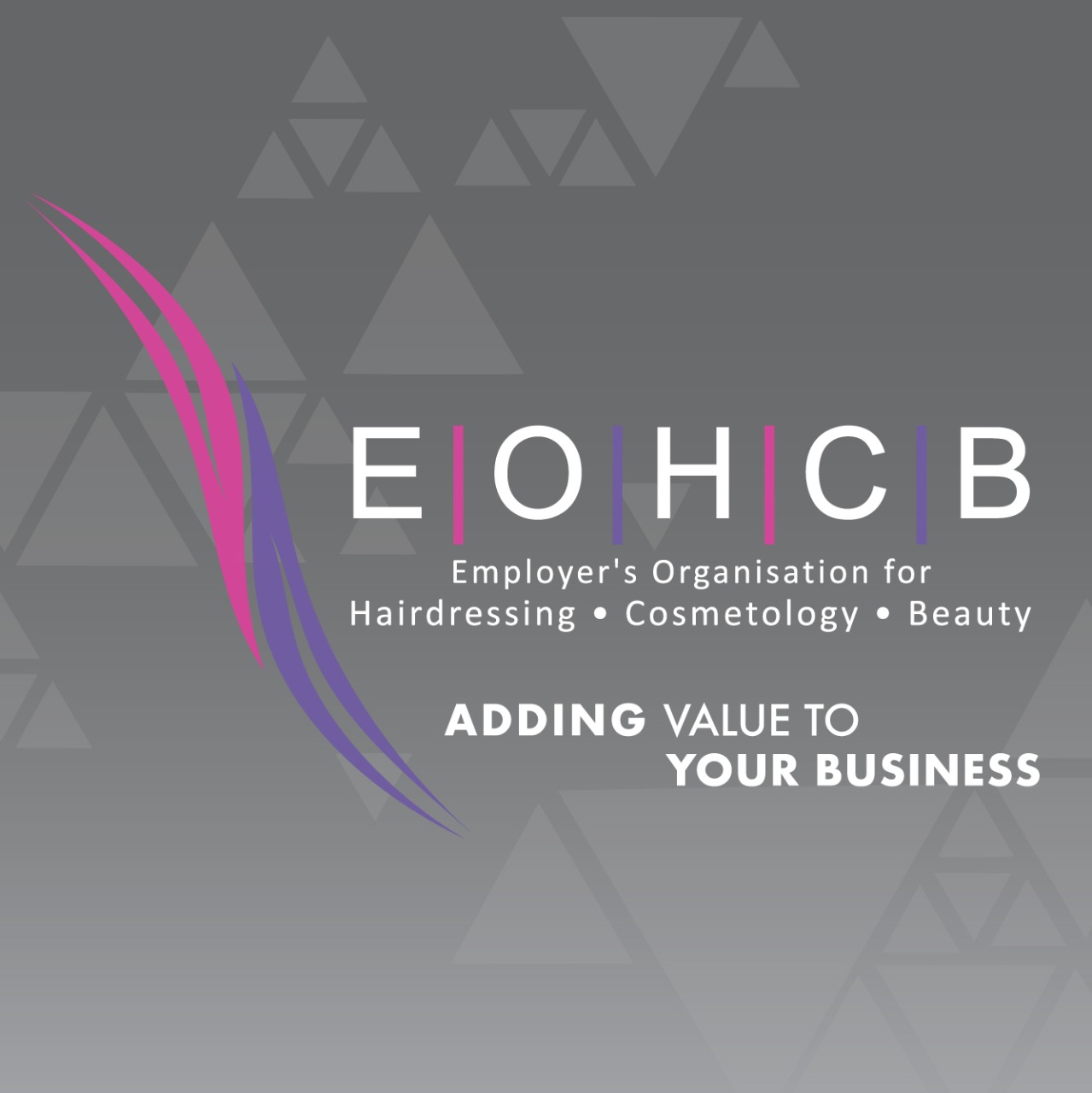TRANSFERRING EMPLOYEES BETWEEN BRANCHES
- EOHCB National

- Oct 2
- 2 min read

In the Hair and Beauty industry, transferring employees from one branch to another under the same employer is a common occurrence, especially in businesses with multiple salon/spa outlets. It is important for both employers and employees to understand how such transfers work within the framework of the Bargaining Council for Hairdressing, Cosmetology, Beauty and Skincare Industry (HCSBC).
A transfer involves moving an employee to a different workplace belonging to the same employer without terminating the existing contract of employment. Employers usually have the right to make these moves for business reasons. However, it's considered good practice, and sometimes required by the Labour Relations Act 66 of 1995, to talk to the employee first. This consultation ensures that the transfer does not unreasonably disrupt the employee’s personal circumstances or breach their contractual terms.
The employer must carefully consider the employee’s consent, potential changes to commuting distance, and any personal impacts before finalising the transfer. Importantly, the transfer should not alter the employee’s terms of employment, such as salary, benefits, or accrued leave, which remain protected under the Bargaining Council’s collective agreement. This means that even after relocation to another branch, employees retain their agreed commission structures, working hours, and other negotiated entitlements.
Should an employee reasonably refuse a transfer, the employer is encouraged to engage in meaningful discussions to resolve concerns. Only after exploring all alternatives and adhering to due process may an employer consider retrenchment or dismissal based on operational requirements, aligning with the protections offered by labour legislation and Bargaining Council protocols.
When disputes arise from transfers or if fairness is questioned, the Bargaining Council provides dispute resolution services designed to settle disagreements amicably without resorting to litigation, promoting a harmonious working environment within the industry.
Administratively, employers transferring employees between branches must also comply with registration requirements. Specifically, they may need to complete a staff amendment form that registers the employee under the new SAL Code — effectively the salon’s unique registration number. This ensures proper updating of records with industry bodies, compliance tracking, and contribution accounting. Once completed, the staff amendment form should be emailed to amend@hcsbc.co.za and accounts@eohcb.co.za promptly.
Overall, transferring employees internally within the hairdressing, cosmetology, and beauty sector is a regulated process designed to balance operational needs with employee rights. Adhering to the Labour Relations Act and Bargaining Council collective agreements guarantees a fair, transparent, and respectful approach that benefits both employers and employees.
Employers are advised to familiarise themselves with the specific collective agreements applicable to their business and to seek guidance from the Bargaining Council and with the EOHCB when uncertainties about transfers arise. This helps ensure compliance and smooth transitions that maintain workforce morale and continuity.

